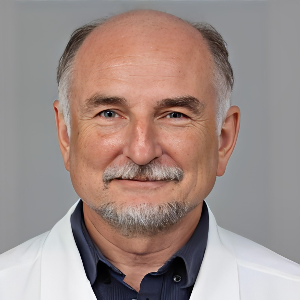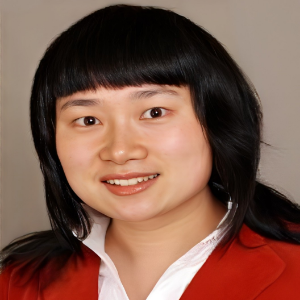A pharmaceutical molecule is transported to its target site via various strategies, formulations, production processes, storage systems, and technologies in order to provide the intended therapeutic effect. To maximize efficacy and safety, as well as to enhance patient comfort and compliance, principles relating to drug production, route of administration, site-specific targeting, metabolism, and toxicity are applied. By combining different excipients, drug carriers, and medical devices with a drug formulation, drug delivery aims to change a medication's pharmacokinetics and specificity. To enhance treatment results, there is an added focus on extending a drug's duration of action and bioavailability. The improvement of medicine administration personnel safety has also been the subject of some studies. To lower the danger of needlestick injuries, for instance, many kinds of microneedle patches have been created for giving vaccinations and other drugs. The idea of drug delivery is closely related to dose form and mode of administration; the latter is occasionally included in the definition. Although medication delivery and the route of administration are frequently used interchangeably, they are two different ideas. While drug delivery also includes the engineering of delivery systems and can comprise various dosage forms and devices used to administer medication through the same route, route of administration refers to the path a drug takes to enter the body. Oral, parenteral (injected), sublingual, topical, transdermal, inhalation, rectal, and vaginal modes, etc.

Vladlen Slepak
University of Miami Miller School of Medicine, United States
Yong Xiao Wang
Albany Medical College, United States
Consolato M Sergi
Universities of Alberta and Ottawa, Canada



Title : The impact of metal-decorated polymeric nanodots on proton relaxivity
Paulo Cesar De Morais, Catholic University of Brasilia, Brazil
Title : Hepatotoxic botanicals-shadows of pearls
Consolato M Sergi, Universities of Alberta and Ottawa, Canada
Title : Exploring classical ayurvedic drugs in hypertension
Prashant Bhokardankar, Datta Meghe Ayurved College, India
Title : Principles and standards for managing healthcare transformation towards personalized, preventive, predictive, participative precision medicine ecosystems
Bernd Blobel, University of Regensburg, Germany
Title : Personalized and Precision Medicine (PPM) as a unique healthcare model based on design-inspired biotech- & biopharma-driven applications to secure the human healthcare and biosafety
Sergey Suchkov, N.D. Zelinskii Institute for Organic Chemistry of the Russian Academy of Sciences & InMedStar, Russian Federation
Title : Antibody proteases as translational tools of the next step generation to be applied for biopharmacy related and precision medical practice
Sergey Suchkov, N.D. Zelinskii Institute for Organic Chemistry of the Russian Academy of Sciences & InMedStar, Russian Federation
Title : Easily injectable, organic solvent free self assembled hydrogel platform for endoscope mediated gastrointestinal polypectomy
Hitasha Vithalani , IIT Gandhinagar, India
Title : Cognitivevoice: Novel machine learning model leveraging acoustic features to predict future cognitive decline in Parkinson’s Disease
Aadya Daga, Hamilton High School, United States
Title : Platelet-activating factor-receptor pathway mediates solar radiation-induced extracellular vesicle release in human keratinocytes
Ravi P Sahu, Wright State University, United States